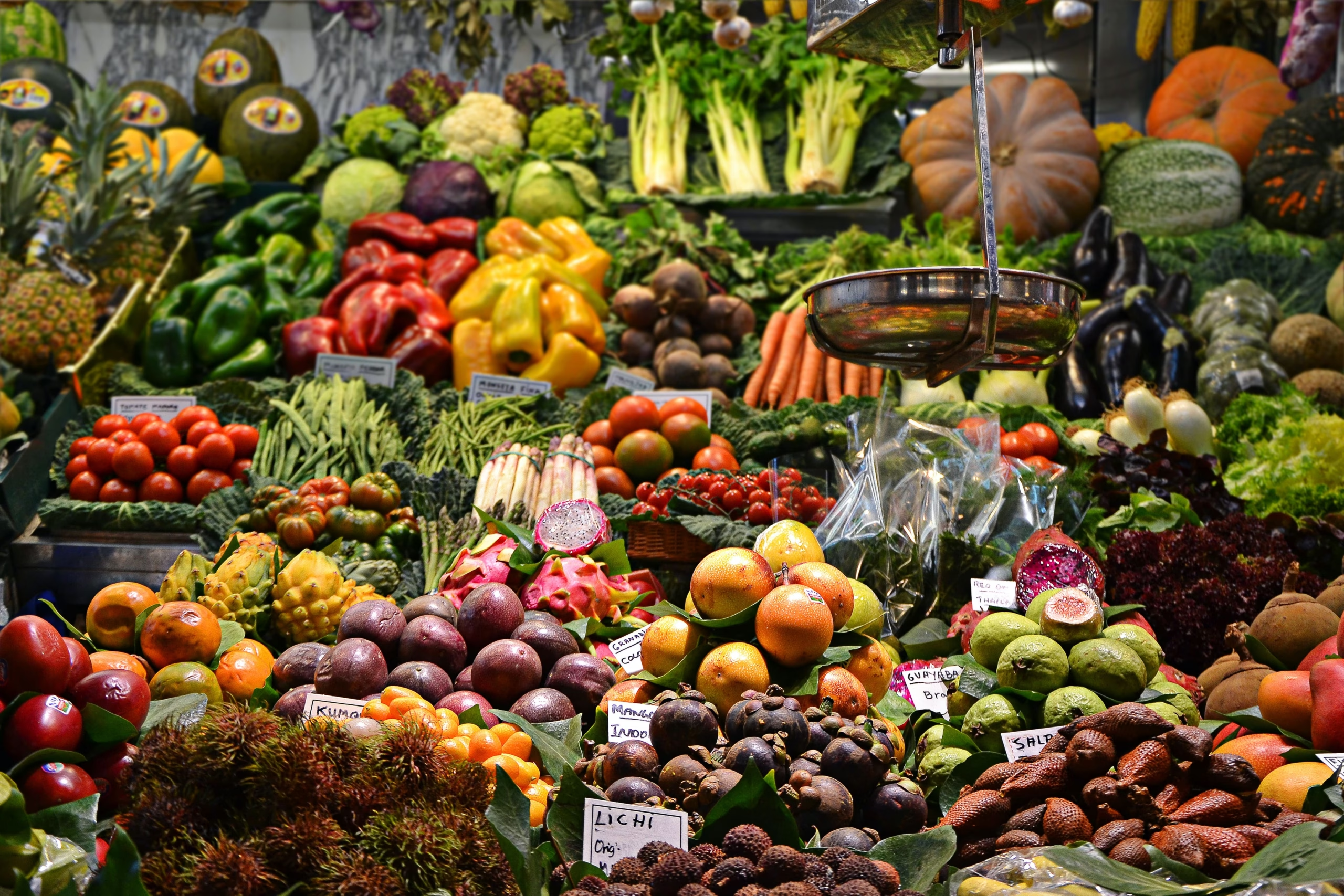When the Internet made its first appearance in our lives (back in the early 2000s, if you remember!), food was undoubtedly the last product we imagined that we’d end up buying online one day.
Too fresh, too complex to pack and ship, too complicated to choose without seeing, smelling or touching: simply too physical (food is probably the most physical thing we buy). It seemed like there were far too many obstacles. What’s more, it didn’t really feel like a problem that needed solving: we all lived close enough to a supermarket or other shops selling food.
Thirty years later, things have changed considerably. Consumer expectations have become more diverse and more sophisticated. Eating is no longer the priority; instead, the focus is on eating well, protecting the planet, eating locally produced ingredients, shopping ethically, respecting the changing seasons, supporting organic farming and so much more.
Over time, retailers and agrifood have invested in the marketplace model, which is particularly relevant when it comes to encouraging more responsible consumerism. Today, plenty of pure players continue to focus on growing customer demand in various areas: buying loose groceries, limiting waste and more.
1. Flashback: a dramatic rise
On Thursday May 19, Marc Lolivier, Fevad’s Managing Director, announced that online food shopping has become the norm. “Because of the pandemic, many French consumers tried online food shopping in 2020 and remained loyal to it in 2021. The growth in sales of fresh food has been spectacular with an increase of 58% in three years. After the incredible rise in popularity of click & collect, home delivery is now making waves.”
Any market’s history includes key stages which serve as symbolic milestones. The history of online food shopping was undoubtedly shaped by Amazon’s takeover of Whole Foods in 2017: this was seen as official recognition of the e-commerce boom in a sector that previously had been largely unaffected by the rise of digital technology.
Two years earlier, Auchan was the first company to open a marketplace in France. This was a particularly innovative approach in 2015; the company focused initially on two categories (garden and food) before gradually expanding its offering.
Carrefour then launched its extensive food marketplace, showcasing local products that were not available at a national level.
Specialist food marketplaces emerged, including Les Grappes (buying wine directly from wine-makers) and, in B2B, Les Grands Moulins de Paris (flour for the Île de France region).
Métro, another B2B company and the leading supplier to independent restaurants, also opened its marketplace in 2019. The company now works with more than 250 traders and suppliers, with over 160,000 food products available online and has launched a program entitled “My sustainable restaurant” to support restaurant owners with their ecological transition.
2. The shift: a different kind of consumerism
Buying organic, buying local, shopping ethically: although consumers’ demands may have become much more specific, buying better is the clear overall objective.
Of course, other far less virtuous (and even contradictory!) trends have emerged at the same time, including quick commerce (whereby companies such as Getir and Flink deliver food in under 15 minutes) and the boom in delivery aggregators (Deliveroo, Uber Eats), which are accused of creating insecure, poorly paid and even dangerous jobs.
However, we’re hopeful that in the end, consumers will opt for responsible consumerism.
Adaptability is key for distributors. They must be able to react quickly to these fundamental changes and provide a relevant and tailored offering.
The marketplace model makes it possible for anyone to consolidate supply and demand and build bridges between two communities, such as organic producers and consumers who are interested in an organic approach, for instance.
Kazidomi, GreenWeez and La Fourche play this role.
There’s been a similar dynamic in B2B, with initiatives like L’Aventure Bio, a wholesaler specializing in organic food.
Other players focus on local produce: La Ruche Qui Dit Oui was founded in 2011 (if you’re looking for genuine pioneers, you’ve found them!) and now has more than 700 distribution points for producers within a radius of 60 kilometers.
Similarly, Pour De Bon now works with 500 growers and artisan producers and provides online shoppers with a digital shopping experience “that’s just like being at the market”.
3. The future: reducing waste
This is an important sustainable development issue, supported by regulations and the AGEC Law in France (which aims to fight waste and encourage the circular economy): we must urgently reduce our waste and, at the same time, we must also stop destroying unsold goods that are still perfectly edible.
The food distribution and institutional catering sectors (supermarkets, canteens, etc.) must reduce food waste by 50% by 2025, in comparison to 2015 levels. The same will apply to food producers, processors and commercial catering by 2030.
For distributors, circular economy marketplaces are a quick and efficient solution to the challenge of getting rid of stock.
Founded in 2020, WeBulk is “the first bulk and zero-waste marketplace for professionals” and has ambitious objectives. Its mantra is particularly appealing: 3 x 0 commerce or “zero disposable packaging, zero unnecessary miles, zero food waste”.
This is a clever and contemporary positioning. Other recent success stories including Too Good to Go, HorsNormes and Phénix show the way forward. And with marketplaces like Cstick (which sells products with a limited use-by date) and Organix (which sells leftover sandwiches, meat, etc.), the B2B sector is certainly not to be outdone!
In conclusion, we encourage you to pay close attention to this combination of food and digital technology; although it seemed improbable just a few years ago, it has proved to be essential.
